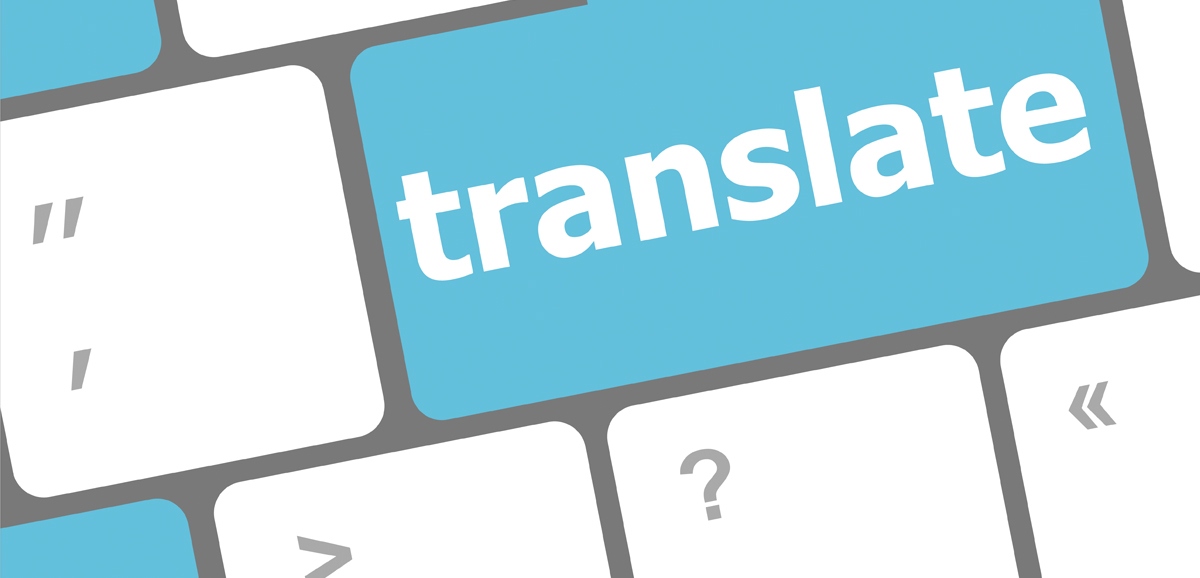
Did you know that Spanish is, by far, the most spoken non-English language in the U.S.? According to Pew Research Center, 34.8 million people nationwide today are of Hispanic descent and speak Spanish at home. Another Pew Research Center study published in a 2013 article revealed that 78% of Spanish speakers go online frequently on mobile devices, desktops, and laptops – up from 64% in 2009. Those numbers are expected to increase substantially within the next few years.
With statistics like that, you’d better believe that your business’ success depends on digital content that speaks to a multi-cultural public!
Translated website content and advertising collateral will allow you tap into the vast Spanish-speaking market in the U.S. and abroad. For businesses looking to go that extra mile and have a competitive edge, bilingual websites, landing pages, or online ad campaigns present great opportunities to attract a whole new demographic and build trust over time. After all, you are looking to build connections with as many people as possible, right?
If you need some more convincing, here are four reasons why translation or bilingual copywriting services can increase your sales and strengthen your brand.
1. Embark on New Horizons
You already have stellar content that delights and attracts new customers. But given that the Spanish-speaking population is the third largest in the world and the second largest in the U.S., there is still new territory to cover. The translation of current content is an inexpensive investment to gain an expansive new audience.
2. Keep Your Future Customers in Mind
You have to speak their language in each and every way. As a business, you want to make sure that the content on your website connects with your audience in every way possible—you want to get everything right. From understanding the statistics and trends to the facts and everything else in between, you must know your target buyer’s persona. It becomes a simpler task to do when you only have to consider one language, but when it comes to two or more, it is important to consider it in terms of the culture (or cultures) that correlate with your audiences of choice.
Trying to communicate your message to someone from Venezuela living in Miami and simultaneously trying to speak to a person from Mexico living in Los Angeles is a tough job. It takes an expert to determine which words and contexts from your original copy will translate (it’s not just about the words). Transliteration is often the right path to take. A professional will take the context and words of your original message and create new copy that delivers your message with your buyer personas, their cultures and cities of residence in mind.
3. Building Trust and Brand Recognition
Taking the time to craft well-informed content makes your company credible and trustworthy. If you want to build a clientele of Spanish speakers, you'll have to understand the various cultures and vernaculars that belong to the Spanish language. Once you start publishing high quality content in a language different from yours, you’ll be recognized as an entity that has an interest in connecting with broader audiences on a deeper level.
Potential customers feel more comfortable getting involved with companies that take the time to learn and speak their languages. If they have to do all the work to try and understand you, they’ll be less likely to buy your product.
Show them that you care and they’ll stick with you.
4. Search Engines and SEO - Not Just for English Speaking Websites
By having your content in two languages (or more), you’ll not only make long-lasting impressions and connections, but you’ll also appeal to search engines.
Key search engines like Google, are developing the capacity to run searches in other languages too. Having pages of your site available in Spanish will give you an edge over the ones that don't. This means that the possibilities of your business reaching the top of the search engine results pages will become exponentially larger.
And what greater way to get rid of repetitive copy than having content that conveys your message in a different language, eh?
New territory means new visitors; new visitors mean better rankings; and better rankings mean that more of your clients find you—it doesn't get better than that!
But wait, translations might not be for everyone.
While translations aren't cookie-cutter marketing solution that works for every business. Your company may not be at the growth stage, or have the target market, to benefit from website translation. For instance, if you’re a one-person operation and don’t speak Spanish, then investment in Spanish content isn’t such a great idea (how are you going to answer the phone?). Hiring Spanish-speaking employees might be a solution for some businesses, but translation still only makes sense if your product can fit a wider market.
So, what kinds of companies should be considering English-to-Spanish translations then?
Larger companies that already have bilingual employees are missing out on an important, profitable opportunity if they’re only catering to one language. If you have the resources to present your product or service to a multi-lingual public, then there is tremendous growth potential at your fingertips! One thing we know for certain is that the global market is becoming smaller due to the ever-increasing accessibility of businesses online. When you become able speak to more of these users, you gain the competitive advantage.
Ask us about translating your website into Spanish today! In the meantime, you can check out Inturact's Spanish site, here.


